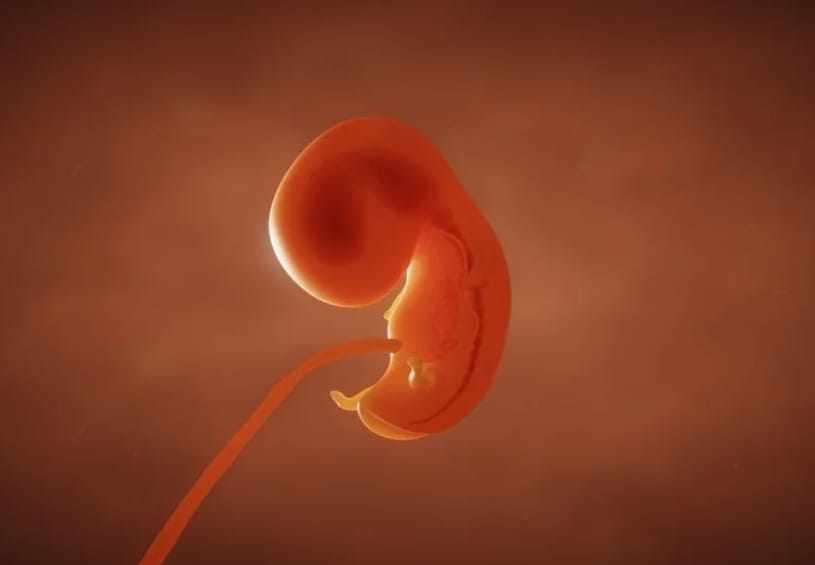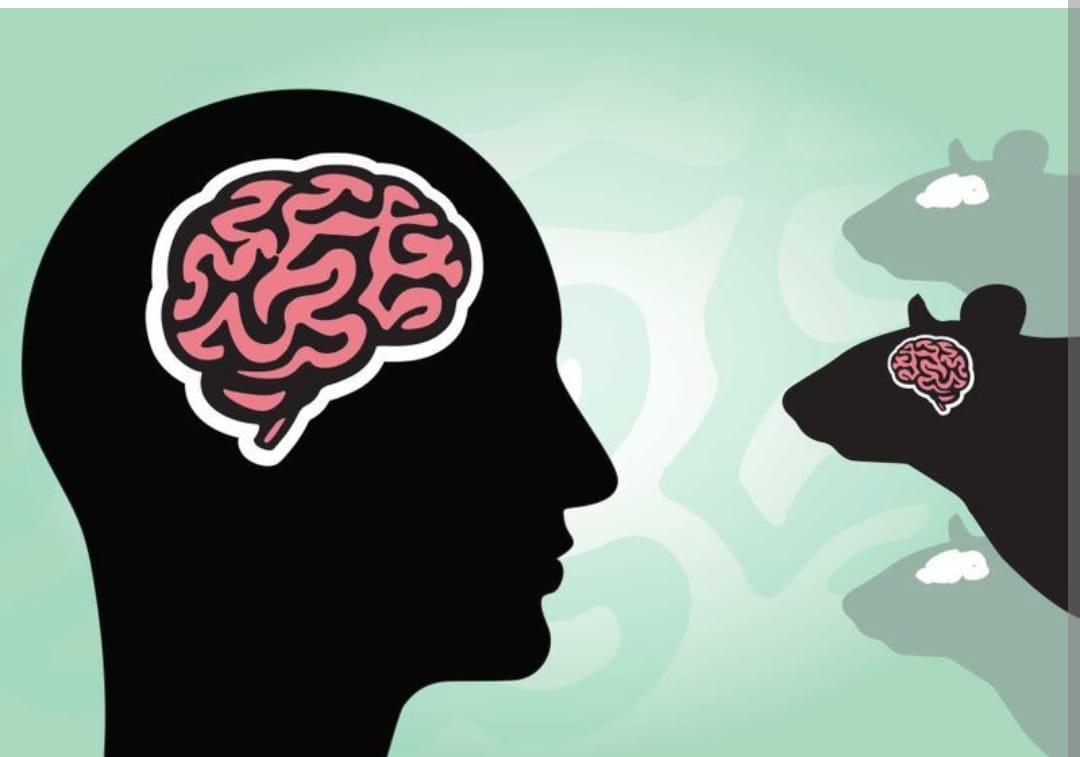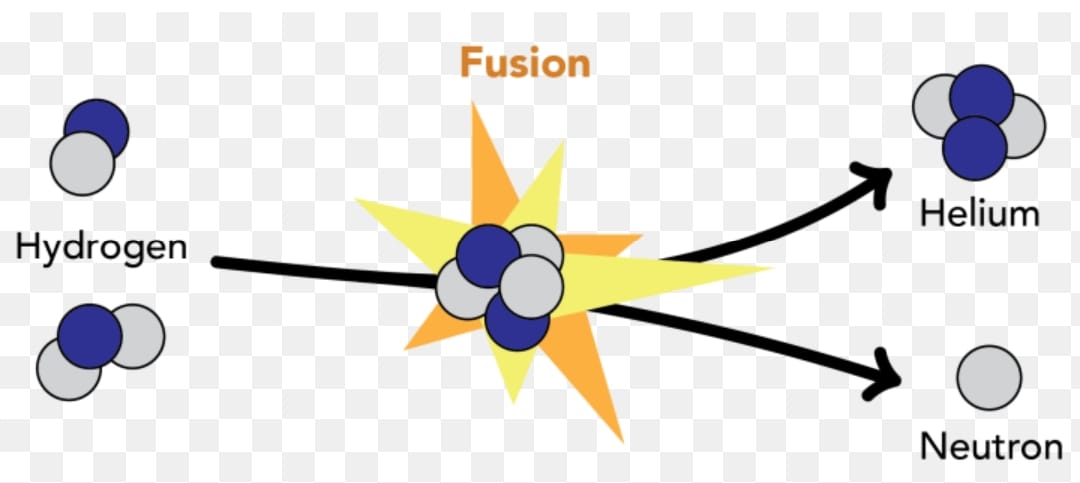
Breakthroughs 2022
 By Dr Satish K Gupta*
By Dr Satish K Gupta*
The world was fighting Covid-19, and researchers were busy making vaccines, but scientists continued to work silently in labs to make the most significant breakthroughs of 2022. Vaccines made us escape death, and these scientific and medical discoveries might change how we live.
1. Reviving the Dead: Nectar to bring life to the dead
Yale University scientists successfully revived the dead cells in the Liver, Heart, Kidneys, and Brain of Pigs who had been dead for an hour. They did it by transfusing OrganEx, a customized solution, into the circulatory system of Pigs using a pump similar to the Heart Lung Machine. Surprisingly, the organs started functioning again. Though, the pigs did not gain consciousness.
The research might have tremendous implications for the supply of organs like kidneys, livers and hearts for transplants.
Can it be mustered as a step towards immortality?
What was this concoction of OrganEx akin to nectar or Amrit?
OrganEx solution used in the above experiment consisted of nutrients for cells, anti-inflammatory medications and drugs to prevent cell death, and, interestingly, nerve blockers—to prevent the possibility of the pigs regaining consciousness.
But imagine what if the nectar did not have nerve blockers? Could it have revived the brains of the dead? No answers, as authors preferred to refrain from controversies for ethical concerns.
2. Creating Life without Sperm or Eggs

Researchers at the University of Cambridge and Caltech created an artificial embryo without using any sperm or egg cells. Instead, the embryo was created using mouse stem cells. It developed a brain, a beating heart, and the foundations for all body organs.
Stem cells carry the potential to develop into any organ in mammals. So scientists simulated an environment where three types of stem cells could interact and develop connections, and the trick worked.
Though many similar experiences in the past, but this was exciting because embryos reached a stage of multi-organ development.
Research, if permitted, has the potential to harness human organs for transplantation. Interesting research could not be furthered beyond 14 days because of the national prohibitory laws.
3. Transplanting human brain in rats to change their behaviour

It is not a TV thriller but a fact. Scientists injected human nerve cells into the brains of lab (athymic) rats. Voila, they grew and developed connections with animals’ brain cells. However, the story does not end here. The brain tissue so developed, called the ‘brain organoid,’ guided and changed the behaviour of animals -A report from Scientists at Stanford published in the journal Nature.
But scientists don’t plan to use the findings to spy information for gains. Scientists instead plan to use it to understand schizophrenia, bipolar disorder, and other neuropsychiatric disorders where human behaviour appears to be controlled by abnormal connections.
4. Soon, we might have a mini Sun on Earth – Nuclear Fusion.

Today’s Nuclear Reactors work on the principle of Nuclear Fission, while Fusion is the principle of energy production on the Sun. Fusion occurs when two atoms collide at high speed to form a heavier atom but still lighter than the combined mass of parent atoms; the residual mass is converted into energy as per Einstein’s formula E=mc2, e.g., two hydrogen atoms fuse to form one helium atom. . The exact process powers the Sun and creates enormous amounts of energy—several times greater than fission.
Scientists in California (Lawrence Livermore National Laboratory) successfully produced the first fusion reaction. The long-chased dream marked significant breakthroughs in harnessing the natural process similar to the Sun.
Unlike fission, fusion requires much smaller amounts of radioactive fuel and doesn’t leave behind much radioactive waste. For example, the amount of hydrogen in a glass of water could be enough to provide sufficient energy for a person’s lifetime. The milestone takes us one crucial step closer to powering our society with zero-carbon fusion energy.
5. Unheard of’ Advances in Cancer Treatment
Immunotherapy offers a new ray of Hope
In a trial of immunotherapy in 18 rectal-cancer patients –cancer vanished in every patient. No, it not just receded but vanished.
Also, miraculous results were seen in a trial of a new metastatic-breast-cancer drug. Monoclonal antibodies targeted cancer cells with a mutant protein HER2, a nasty cancer culprit. The drugs dug out and destroyed cells featuring the mutant protein with stunning precision. In addition, another genetic mutation called KRAS, hitherto considered undruggable, was dodged using monoclonal antibodies, helping patients survive without their tumours getting worse.
A much sought-after breakthrough in crucial early diagnosis of cancer
A blood test called Galleri does it quickly and is capable of screening for more than 50 types of cancer. It simply looks for circulating Tumor DNA in the blood. As for most discoveries test is expensive and not precise but reassuringly has a false positivity rate of less than 1 per cent.
Such tests, once get affordable, precise, and freely available, might herald a hopeful future for cancer—with breakthroughs in both early detection as well as late treatment ready to fight cancer at both ends.
*Dr. Satish K Gupta is an MD in Medicines, a Visiting Senior Consultant Physician and Internist at Max Super Speciality Hospital, and a Clinical Assistant Professor at GS Medical College, Chaudhary Charan Singh University, Meerut. He is the author of Journey of COVID in India: A Doctor’s Perspective.





